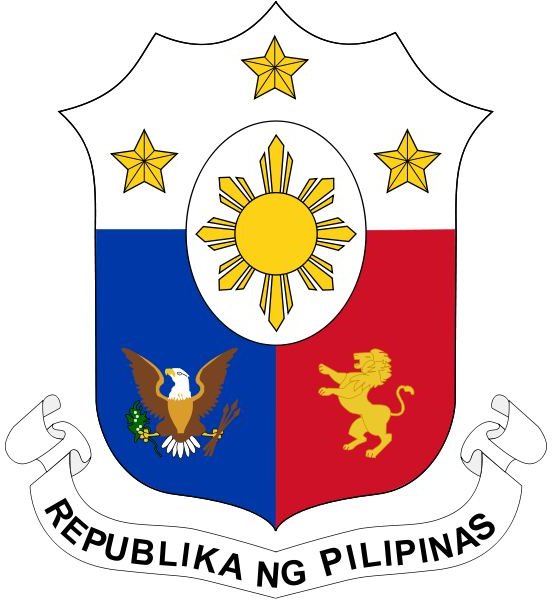Exploring National Symbols of the Philippines and the Desirable Filipino Traits They Signify
Aside from the Philippine flag, national coat of arms, and the four Philippine elements that have been officially declared as national symbols, namely the sampaguita flower, the narra tree, the Philippine Eagle and the arnis, there are several other unofficial but widely recognized symbols.
The Philippine Flag ( Ang Pambansang Watawat ng Pilipinas)
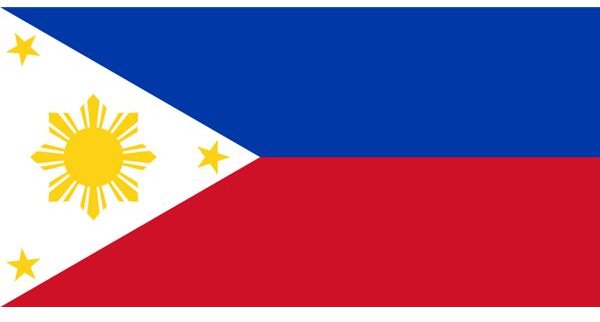
The Philippine flag carries the colors and elements that symbolize the country’s struggle to gain its freedom after almost 400 years of oppressive Spanish domination and subjugation. The band of royal blue should always be atop the crimson band to signify the prevalence of peace, justice and freedom. Otherwise, hoisting the flag in a manner that places the red band, which symbolizes valor and patriotism, over the blue band, signifies that the country is in a state of war. Positioning the red band over the blue means the people are ready to lay down their lives in order to preserve the country’s independence and freedom.
The triangular white section signifies equality and brotherhood throughout the three major islands of the country. The three stars in each corner of the triangle represent the three islands, namely Luzon, Visayas and Mindanao. The golden-yellow sun at the center of the white triangle has eight major rays representing the eight provinces that initiated the revolt against the Spanish government: Batangas, Bulacan, Cavite, Laguna, Manila, Pampanga, Nueva Ecija and Tarlac.
The Philippine National Coat of Arms and Great Seal, carry the same tri-colors, as well as the sun and stars to denote the symbolisms signified by the Philippine flag.
Sampaguita (Jasminum Sambac)
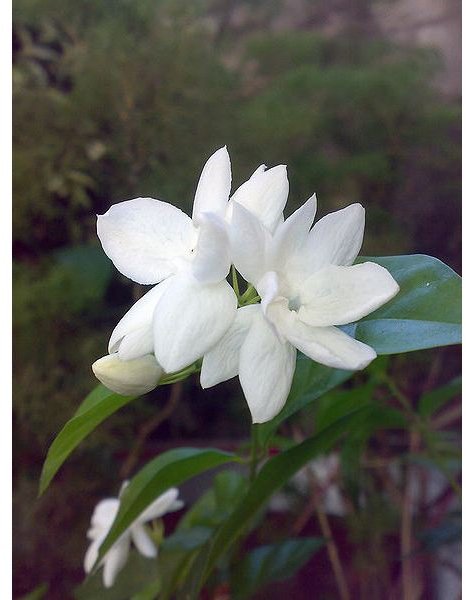
The Philippine national flower is the “sampaguita” (jasminium sambac), which was declared as the national flower in 1934 during the American occupation of the Philippines under the administration of General Frank Murphy.
Sweet but delicately scented, its smooth velvety petals tend to coil as they surround a golden corolla. The flowers are in bloom all year round from evergreen woody vines. However, they have been observed to blossom only at night, starting at around six to eight in the evening. The blooms will all too soon wither after 12 to 20 hours.
Although the closest derivation of the name sampaguita is the Sanskrit word sampenga for champaca_,_ legends have it that the name was derived from the words sumpa kita ( I vow to you).
It’s a story about a pair of star-crossed lovers, in which the girl is a pretty maiden with soft and delicate features similar to that of the sampaguita’s. The year round blooms symbolize her vow not to leave her beloved, even after her death. She fulfilled her promise through the sweet scented flowers that sprung from her grave, as she makes her presence felt each night when the flowers come into bloom.
Hence, the sampaguita flower symbolizes the Filipino’s sense of commitment to a vow or duty to always keep a promise no matter what. However, in today’s more practical context, the sampaguita flower symbolizes hope for some of the poor Filipino folks.
For as long as the woody vines give off sweet smelling blooms all year round, the poor families who grow these woody vines will always have a source of income that will see them through each day. Since the flowers’ fragrance lasts long during the day, the dainty blooms are stringed up and sold as garlands and peddled among churchgoers. Motorists or vehicle owners also buy the sampaguita garlands from street peddlers, as natural perfumes for their air-conditioned cars.
Narra Tree (Pterocarpus)
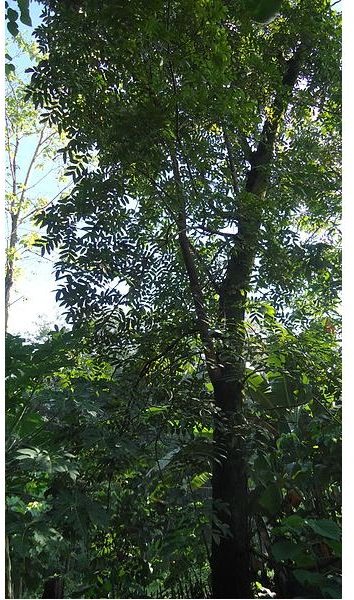
The Philippine national tree is the sturdy and durable narra, which symbolizes the Filipino people’s indomitable spirit and strength of character. It is known to easily adapt to a wide range of soil varieties but grows best in fine-grained fertile soil set down by overflows coming from river beds or flood plains. The tree is agriculturally useful as a windbreaker to protect vegetations of food crops and as natural fencing for pastures. In addition, their presence in secondary forests contributes to soil stabilization because of its nitrogen fixing properties. The tree’s broad canopy is capable of providing ample shade as a place of rest for farmers and agricultural workers in open fields or grazing lands.
The tree’s timber is well-known known in thewood industry, from which elegantly crafted furniture and cabinetry are crafted. In fact, wood carvers prefer the narra material because of its pleasant rose-like scent, its pliancy, and adaptability to any type of climate or condition. However, these desirable properties have caused the narra tree’s rapid decline, as illegal logging operators took advantage of the wide demand for its timber.
The narra tree was officially declared as a national symbol by Gen. Frank Murphy along with the sampaguita’s declaration in 1934.
The Philippine Eagle (Pithecophaga jefferyi)
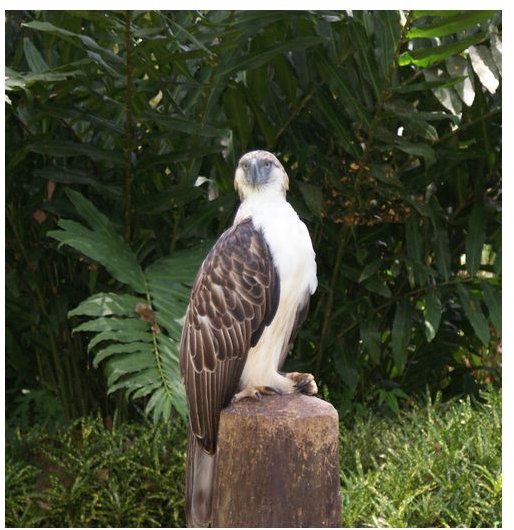
The Philippine Eagle was declared as the country’s national bird in 1995, by then President Fidel V. Ramos. Majestic and huge at about 86 cm to 102 cm or about 3.346 feet in size**,** it has a large, deep bluish-grey bill and an elongated black-feathered nape, topped with a smooth cream-colored crown. Its body is cloaked in dark brown feathers while its underparts and underwings are white. The majestic bird’s legs and sharp large claws are in contrasting yellow. Loss of habitat, uncontrolled hunting for food and captive breeding have caused the rapid decline in the eagle’s population; hence, it has been listed as a critically endangered species.
In 1992, one of the eggs rescued by the Philippine Eagle Foundation had hatched successfully and the chick was given the name “Pag-asa”, which means hope. Since then, the Philippine eagle has symbolized the nation’s concerted effort to rebuild and save the remaining rainforests. Although Filipinos are largely known for their differences in religion, language and ideologies, they have always manifested the willingness to unite as one nation if it means working for the good of all.
Arnis (Eskrima )
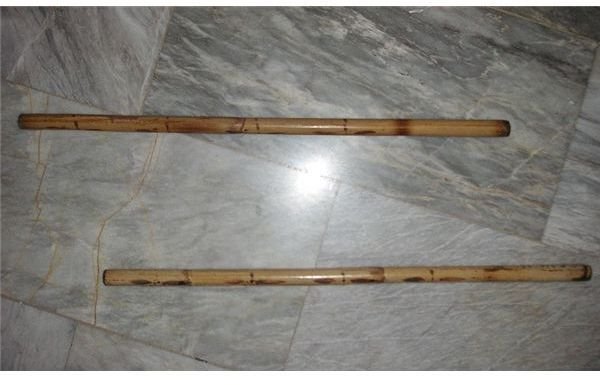
Republic Act 9850 of 2009 is the official declaration of arnis, as the country’s national sport and form of martial art, signed by then president Gloria Macapagal-Arroyo. Arnis refers to one or two sticks made from rattan, and used as weapons for defending one’s self by way of striking, thrusting and parrying techniques to immobilize an attacker.
The Department of Education, Culture and Sports (DECS) proposed its official recognition as a national weapon for martial arts to reawaken the country’s sense of nationalism and patriotism, as well as pride for the country’s historical development. The objective is to instill among the Filipino youths, the appreciation of a national heritage being recognized by foreign countries.
Three Hollywood blockbuster movies made use of arnis and its fighting-techniques. These include; “The Bourne Identity”, “Mission Impossible 3”, and “Lara Croft Tomb Raider: The Cradle of Life.” In addition,a crew from the Discovery Channel came over to the Philippines specifically to document the art and technique of using arnis as a weapon and was featured by the said channel in the show “Fight Quest”.
Unofficial Symbols
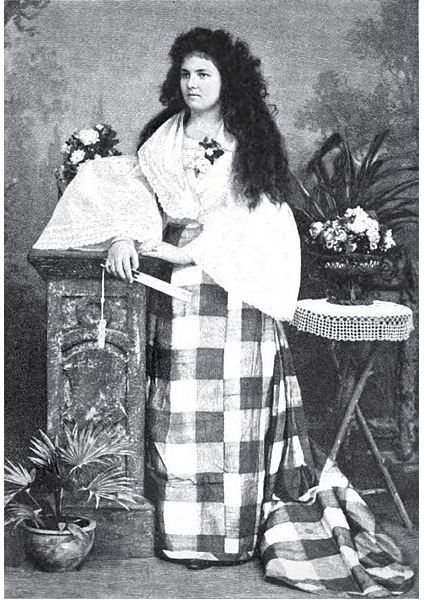
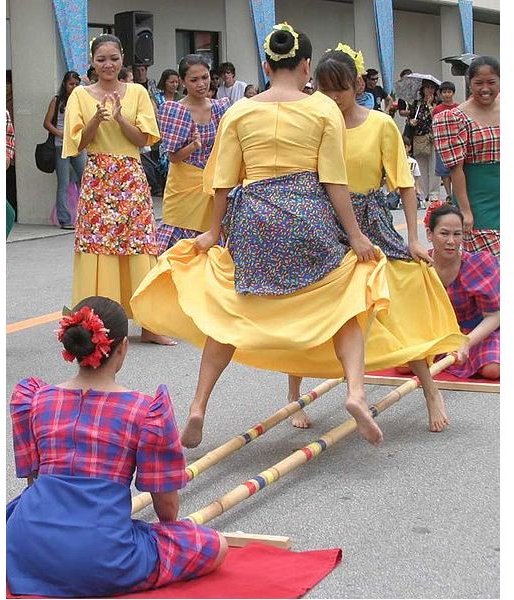

There are other national symbols taught in preschool and elementary schools, as a means to promote nationalism and foster appreciation for indigenous elements that typify the Filipino as an individual. Below is a list that briefly rounds-up the unofficial national symbols of the Philippines:
National Dance: These are the “Carinosa” for grace and refinement of movements and the “Tinikling” for poise and dexterity as dancers try to avoid getting caught between two bamboo poles.
National Animal: Carabao (water buffalo) which symbolizes the Filipino’s willingness to perform hard work with diligence and forbearance.
National Fish: The bangus (milkfish) symbolizes the Filipino’s versatility, since there are many ways by which the milkfish is prepared and cooked.
National Fruit: Philippine mango is acclaimed as the sweetest variety of its kind on a global scale. The dried mango is one of the most in demand products being exported to other countries.
National Dress – Male: The barong tagalong is another widely acclaimed Philippine product because its intricate embroidery and crisp elegance make it suitable as well as comfortable for formal gatherings, in lieu of the tuxedo ensemble.
National Dress – Female: The “baro’t saya” is the traditional white loose-fitting blouse with bell-shaped sleeves used to overlap an equally loose-fitting long skirt that often comes in plaid or checkered prints of red, yellow and orange.
National Plant: Anahaw (Livistona rotundifolia) is another indigenous material, which symbolizes the resourcefulness and craftsmanship of the Filipino people.
These are the national symbols that were established, both officially and unofficially, for the purpose of reminding the Philippine citizens of their historical moments, of their culture, their duties, and their privileges, all of which are legacies handed down by generations of ancestors.
Reference Materials and Image Credit Section:
References:
- Philippine National Symbols orMga Pambansang Sagisag Ng Pilipinas -- https://www.philippinecountry.com/philippine_national_symbols.html
- The Philippines — https://www.philippines.hvu.nl/flag.htm
- Sampaguita - The national Flower – https://www.focus-philippines.de/sampaguitaenglisch.htm
- The Narra-Tree - Neglected National Symbol –https://www.focus-philippines.de/narraeng.htm
- Philippine Eagle – https://www.txtmania.com/articles/eagle.php
- Republic Act No. 9850:Arnis Now a National Sport – https://smokingsticks.com/index.php?option=com_content&view=article&id=5&Itemid=28
Image Credit Section:
- Zscout370 / Wikimedia Commons
- Jun’s World /Wikimedia Commons
- scorpious18 on Flickr /Wikimedia Commons
- Obsidian Soul /Wikimedia Commons
- Jpogi Under Public Domain /Wikimedia Commons
- Barongguy1/Wikimedia Commons
- Tinikling.jpg: U.S. Air Force/Senior Airman Nestor Cruz/Wikimedia Commons
